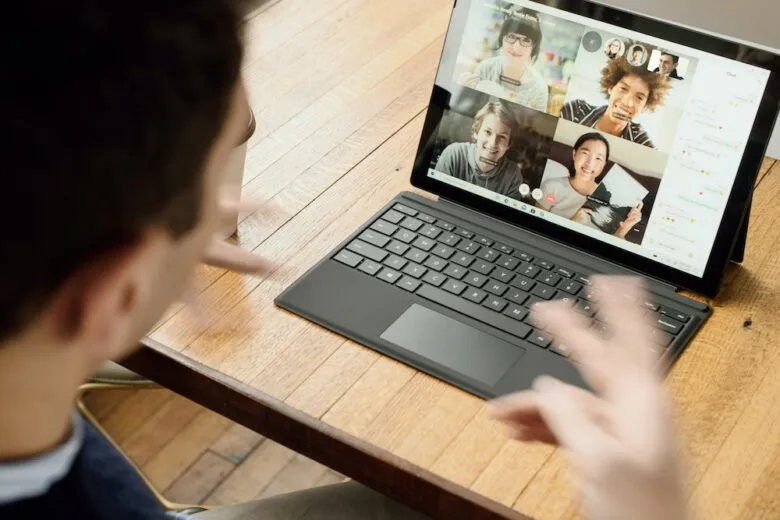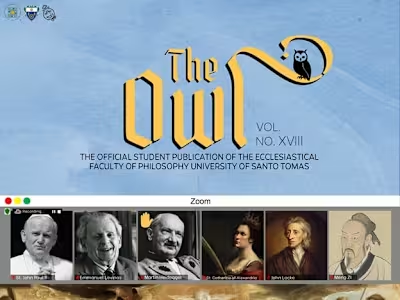How to create effective collaboration and thriving culture in…

It looks like the Covid pandemic may have changed the way that companies operate forever. Find out how you can create effective collaboration and a thriving culture in hybrid and remote teams.
Organizations will need to pivot their corporate culture if they wish to survive and thrive in the world of virtual collaboration after the pandemic. The most important changes will stem from the wide-scale and permanent shift to hybrid and fully-remote modes of working.
Between 65% to 75% of employers intend to have a mainly hybrid schedule, with a minority of staff fully remote, led by large companies that announced a permanent switch. Combining hybrid and full remote work largely matches what employees want. Indeed, a fully remote schedule has been adopted by a number of big companies.
To adapt to the hybrid and remote future of work, leaders need to benchmark and adapt best practices based on external research, as I learned from my interviews with 47 mid-level and 14 senior leaders I guided through the transition to the future of work.
Why did corporate culture suffer during the pandemic?
‘Culture‘ refers to the social and emotional glue that bonds employees together into a community of belonging, motivates employees, and protects against burnout. It includes the norms and practices that determine how people collaborate. It also involves the values that guide the community of your employees into the increasingly-disrupted future.
During COVID emergency lockdowns in March, companies shifted to working from home. Numerous companies simply transposed their office culture-style of collaboration to remote work, to unsatisfactory results.
Only a select few took the strategic approach of revising their company culture to fit the needs of remote work. Such companies had much better employee retention, morale, and engagement.
Human beings are tribal creatures. We connect to others and belong to a community to be fulfilled. Work-from-home cuts us off from much of our ability to connect effectively to our colleagues as human beings, rather than little squares on a screen.
No wonder so many suffered from WFH burnout and Zoom fatigue and felt increasingly disconnected from their employers.
Recognizing these problems saves us from the deprivation of our human connection. Meanwhile, in-person meetings still connect us on a human-to-human level, no matter how brief they are. Naturally, employees will demand fewer virtual meetings.
How to adapt your culture to virtual collaboration in the post-pandemic normal
The hybrid model of coming in once or more per week will help address this issue, while still offering effective connecting activities for virtual collaboration on non-office days. You need to replace bonding activities from office culture with bonding activities designed for a virtual format, taking advantage of digital technology.
Prepare this cultural re-onboarding as part of your office return and adaptation plans to rebuild connections within the organization. Educate your employees on the changes, provide ample time to prepare themselves, and seek their buy-in for reintegration into an office-based culture.
The water cooler conversation of virtual collaboration
Most of my clients implemented a “Morning Update” for four to eight person teams within their company. Teams establish a separate channel for personal, non-work discussions using a collaboration software.
Every morning, all team members send a message answering the following questions:
How are you doing overall?
How are you feeling right now?
What’s been interesting in your life recently outside of work?
What’s going on in your work: what’s going well, and what are some challenges?
What is one thing about you or the world that most other team members do not know about?
This activity provides an excellent foundation for developing relationships, rebuilding trust, and accommodating differences.
How to achieve diversity, equity, and inclusion in virtual collaboration
Surveys found that there is a much greater desire among minorities for a hybrid or fully remote model. For example, a study by Slack found that 79% of White knowledge workers wanted either a hybrid or fully remote model, but 97% of Black knowledge workers preferred such work. The study suggests that hybrid and fully remote work facilitates DEI concerns because it reduces instances of discrimination.
Other studies have shown discrimination through bullying of minorities on group video calls and one-on-one harassment via chat and email, as well as men frequently interrupting or ignoring women in virtual meetings.
Assume that these problems occur in your company unless you have a reason to believe otherwise. Conduct internal surveys to determine issues in DEI and remote work and appropriately institute policies and solutions, as well as facilitate effective virtual collaboration. A refresher on the DEI part of your cultural re-onboarding will help.
How to achieve work-life balance in virtual collaboration
Research shows taking physical and mental breaks reduces burnout, increases productivity, and minimizes mistakes.
Employees should take at least a 10-minute break every hour while working remotely. To counteract the harmful effects of prolonged sitting, at least half of these breaks should include physical activity, like stretching or walking around.
Redevelop workplace processes with a virtual water cooler, healthy physical and mental breaks, and reinforce DEI during and after the pandemic. Research-based practices will promote virtual collaboration, build sustainable strategies, and accommodate the needs of companies and employees.
Dr. Gleb Tsipursky is on a mission to protect leaders from dangerous judgment errors known as cognitive biases by developing the most effective decision-making strategies.
A best-selling author, his new book is Never Go With Your Gut: How Pioneering Leaders Make the Best Decisions and Avoid Business Disasters.
His expertise comes from over 20 years of consulting,coaching, and speaking and training as the CEO of Disaster Avoidance Experts. It also comes from over 15 years in academia as a cognitive neuroscientist and behavioral economist with dozens of peer-reviewed articles published in academic journals.
Like this project
Posted Jun 15, 2023
Covid has changed the way companies operate. Find out to create effective collaboration and a thriving culture in hybrid and remote teams.
Likes
0
Views
18








